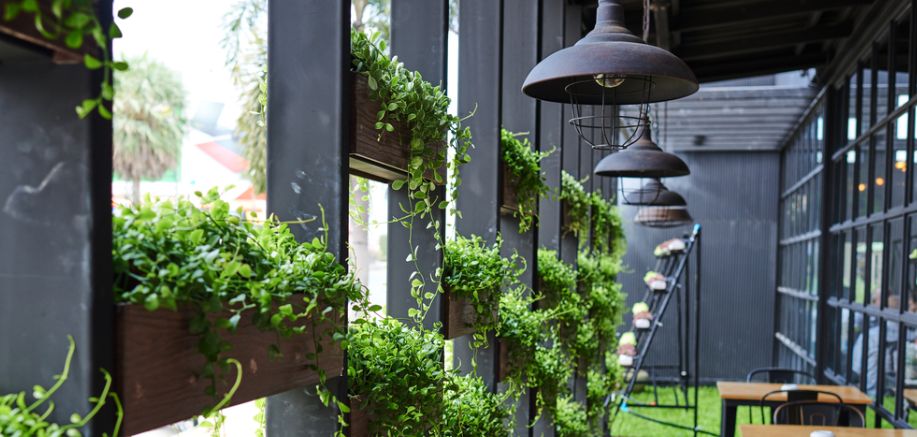Sustainable construction, once considered a niche practice, has now become a mainstream movement in the building industry. As the world faces increasingly pressing environmental challenges and the urgent need to combat climate change, the construction sector is undergoing a profound transformation. In this article, we will explore the latest trends in sustainable construction, shedding light on how they are revolutionizing the way we build our homes, offices, and infrastructure.
The Rise of Green Building Materials
Eco-friendly Alternatives
One of the most conspicuous trends in sustainable construction is the growing utilization of green building materials. Traditional construction materials like concrete and steel are notorious for their substantial environmental footprints. However, builders and architects are now turning to eco-friendly alternatives such as recycled steel, bamboo, and reclaimed wood. These materials not only reduce the environmental impact but also imbue buildings with a unique, natural aesthetic.
High-performance Insulation
Invicta Commercial Construction recognizes the paramount importance of effective insulation in achieving optimal energy efficiency within buildings. Within the realm of sustainable construction, the emphasis on high-performance insulation materials is particularly pronounced. These cutting-edge insulators play a pivotal role in not only ensuring comfortable indoor temperatures but also significantly curbing the energy demand for heating and cooling systems. This dual benefit not only translates into substantial cost savings but also serves as a tangible step towards reducing the carbon footprint.
Energy-Efficient Designs
Passive Solar Design
In the realm of sustainable construction, passive solar design principles have gained substantial traction. This approach harnesses the power of the sun to naturally heat and cool buildings. By strategically positioning windows and incorporating thermal mass into building designs, passive solar design minimizes the reliance on mechanical heating and cooling systems. The outcome is reduced energy consumption and greater harmony with the environment.
Smart Building Technologies
Another noteworthy trend in sustainable construction is the integration of smart technologies into buildings. Today, structures are equipped with an array of sensors, automation systems, and energy-efficient lighting. These technologies serve multiple purposes, including optimizing energy usage, enhancing security, and providing real-time data for efficient building management. The result is buildings that are not only more environmentally responsible but also more comfortable and secure for their occupants.
Sustainable Site Development
Urban Green Spaces
Sustainable construction extends beyond the physical structure to the surrounding environment. Developers are now embracing the creation of urban green spaces within construction projects. These green areas not only enhance the visual appeal of the surroundings but also improve air quality and provide valuable recreational spaces for residents. They serve as a testament to the harmony that can exist between urban development and nature.
Rainwater Harvesting
To address water scarcity and reduce water wastage, sustainable construction practices often include rainwater harvesting systems. These innovative systems collect and store rainwater for various non-potable uses, such as irrigation and flushing toilets. By reducing the demand for treated water, rainwater harvesting contributes to water conservation and cost savings.
Emphasis on Recycling and Waste Reduction
Construction Waste Management
Construction projects have long been notorious for generating substantial amounts of waste. However, sustainable construction trends emphasize responsible waste management. This involves not only recycling construction waste but also minimizing contributions to landfills. The focus is on reducing, reusing, and recycling materials wherever possible, thereby lessening the environmental impact of construction activities.
Modular Construction
Modular construction is gaining rapid popularity as a sustainable practice. This construction method involves the off-site fabrication of building components, which are then transported and assembled on-site. This approach reduces material waste and construction time, as well as on-site disruptions. It allows for greater precision and efficiency in resource utilization, making it a win-win for both sustainability and cost-effectiveness.
Conclusion
In conclusion, sustainable construction is not a passing trend; it is the future of the industry. Architects, builders, and developers are embracing innovative practices that prioritize environmental responsibility and resource efficiency. From the adoption of green building materials to the implementation of energy-efficient designs, sustainable site development, and recycling initiatives, these trends are reshaping the construction landscape for the better. As we move forward, it is essential for the industry to continue embracing these trends and contribute to a greener, more sustainable future for all.

